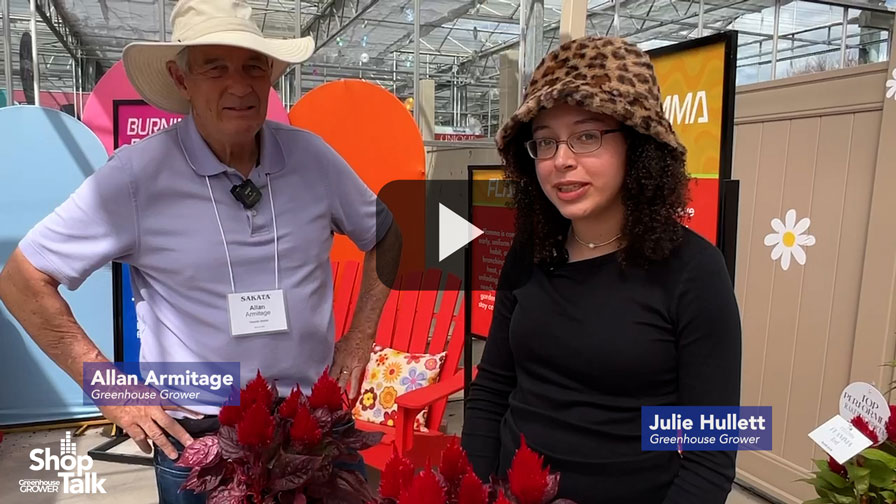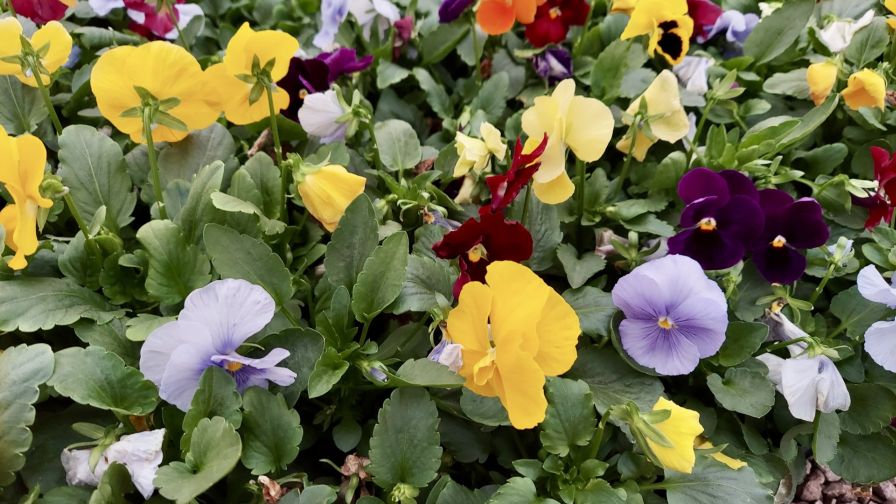Talking Shop: Injecting Fertilizer

One of the time-honored and automatic points of interest for most growers is the fertilizer-injection area. Think about it: After the central boiler room, fertilizer injection and associated water treatment is usually viewed as ground zero for most of the production practices that occur downstream. It’s highly unlikely we’ve toured a range without purposefully seeking out its injector and accompanying stock tanks, intuitively inspecting the setup and mentally comparing it to our own back home.
Greenhouse operators are often characterized as being ingenious, practical and observant. Given these attributes, how are operators integrating new systems and knowledge in the area of water management and chemical injection to achieve reliable, maximum margins of profitability?
Centralized & Satellite
One of the first observations growers make when visiting a greenhouse range is whether fertilizer injection is accomplished via a single, centralized injector or by multiple, decentralized satellite units. On the surface, this appears to be an “either-or” option. Still, the reality today is most operations are combining both philosophies to produce a range of crops with varying nutritional requirements As a case study, Dosatron’s Lela Kelly and I visited Geremia Greenhouse in Wallingford, Conn.
Figure 1 shows Geremia’s injection setup for a brand-new, state-of-the-art production range. Notice the stable of injectors and attention to detail regarding the installation.
There’s a lot happening in the photo, right down to the radiant heat in the floor in the lower right corner. Depending on an operation’s specific requirements, injectors may be used in series or in parallel. Key ingredients in this setup and those like it are flexibility and versatility.
If a setup like this isn’t designed properly and carefully thought out, downstream production may be restricted for as long as the range is in operation. And while retrofitting an irrigation system is an option, this course of action is often a very expensive bandage for poor initial design.
Figure 2 shows an installation in an older range at Geremia’s. In this setup, each injector is dedicated to an independent irrigation line. The flexibility of this design is seen in Figure 3, showing the assortment of choices of irrigation solutions available downrange. One advantage in the new range’s system (Figure 1) is that more than one chemical may be injected into the same irrigation line as a result of the series installation.
In the old range’s setup (Figure 2), the individual injectors are not capable of injecting into a common line as plumbed. The flip side of the coin is the old setup is capable of supplying different irrigation solutions to either the same or different production areas, depending on where the lines go.
Filtration Is Mandatory
A battle cry researchers continue to sound, for every irrigation system, is that one can never have too much filtration in place. Too often, we see growers skimp when it comes to installing adequate filters. We’ve learned insufficient investment in filtration, while lowering the initial bill, costs significantly more in long-term water treatment associated with algae and pathogen control. Research shows it costs more to treat water with chemicals than to filter it properly, as good filtration pays for itself over time by lowering chemical treatment costs.
Figure 4 shows the filtration system installed in Geremia’s new range. Notice its location next to the injection center. As stated above, a lot happens in this corner of the new range.
Imaginative Satellite Setups
Hybrid injection systems, those anchored by a central injector setup and supplemented by satellite units, have become the rule rather than the exception as a result of today’s production complexities. Grower ingenuity has given us many imaginative satellite designs. Figure 6 shows a portable injection cart in use at Geremia’s. Figure 7 shows a similar yet more elaborate portable unit designed by and in use at Kube Pak.
Satellite injection is also being incorporated into boom irrigation systems. Figure 8 shows such a setup being used by Lucas Greenhouse in New Jersey. It’s important to recognize that all three of these portable units can be used to inject non-fertilizer chemistries into the irrigation lines. These products include fungicides, insecticides and plant growth regulators whenever the product is to be applied as a growing medium drench. If designed properly, these units may even serve as foliar spray delivery systems.
Lastly, we see another portable satellite injector setup in Figure 9 and my greenhouse operation. Coming out of the ground are two irrigation lines. The left line is clear water and the right line is central injection of 200 ppm nitrogen. A portable injector can be run off the common outlet with two 5-gallon stock tanks shown.
It is easy to choose clear water or central injection by bypassing the portable unit (note bypass loop), running clear water through the portable unit and choosing either of two stock solutions, or bumping the central 200 ppm solution with either of two supplemental stock solutions.










